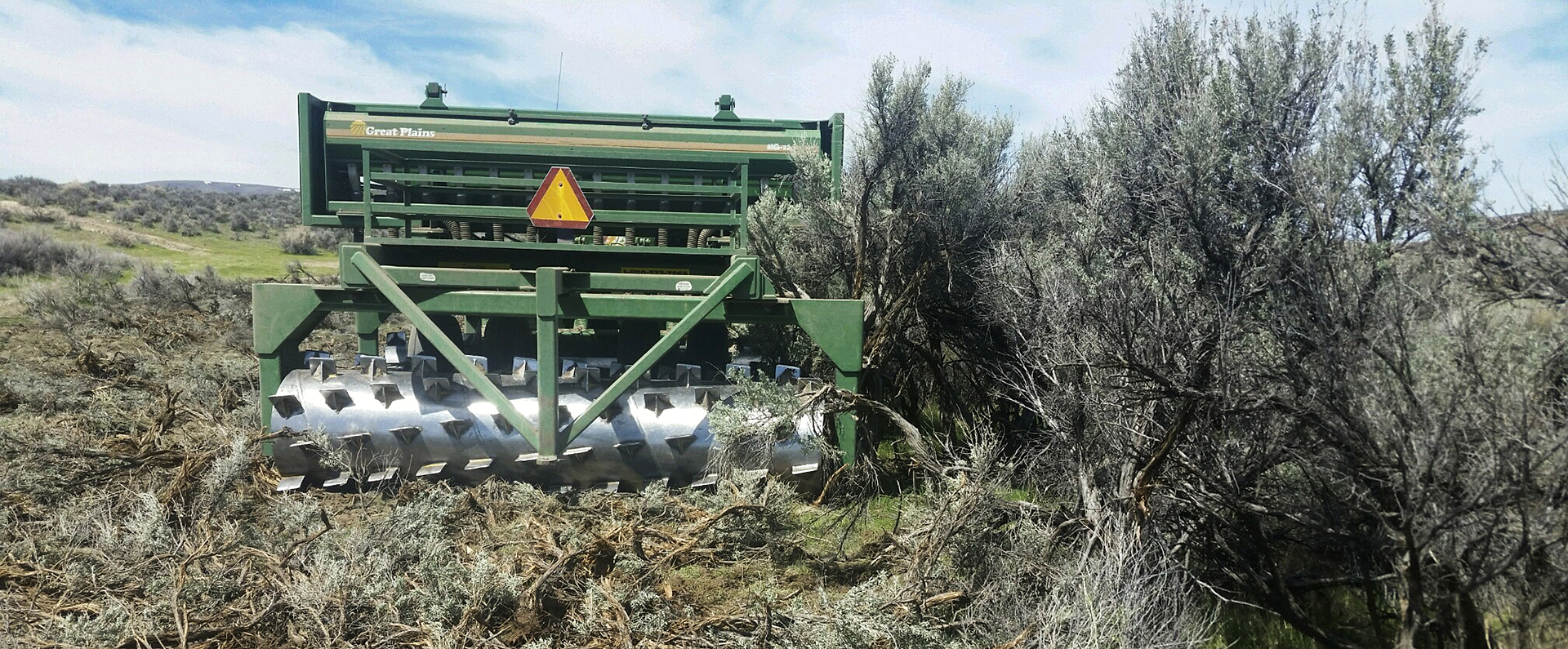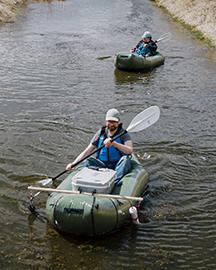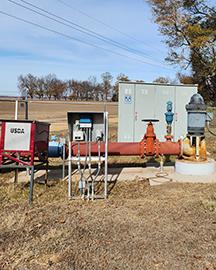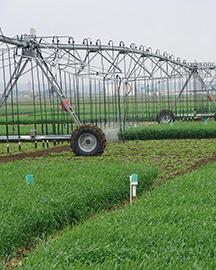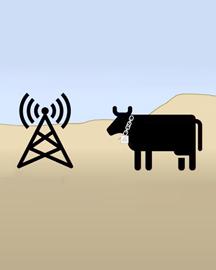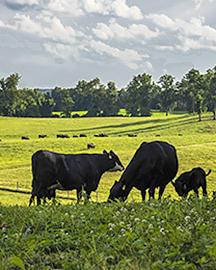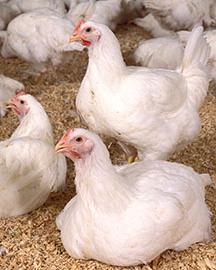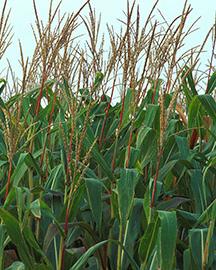Making Grazing Rangelands More Appetizing
Producers in western U.S. rangelands typically use a rotational pasture system to feed their livestock. However, these pastures often become degraded over time as invasive vegetation takes over and wildfire frequency increases. Consequently, producers may overgraze more productive pastures, which can reduce the sustainability of those pastures and negatively affect sensitive wildlife species, such as the greater sage-grouse.
ARS researchers in Reno, NV, used the Lawson Aerator to evaluate the effectiveness of a mechanical treatment to renovate rangelands that have become dominated by old, dense, and decadent shrub communities; increase herbaceous perennial vegetation; and promote sustainable grazing resources. Researchers found that aeration treatment increased herbaceous perennial grass densities, increased forage yield, and allowed for expanded grazing resources. Federal, state, and private sector land managers have adopted this treatment tool to improve rangeland soil and plant communities, grazing pastures, and wildlife habitat.
Related Information
Publication: Improving Great Basin Wildrye Communities: The Advantage of Using the Lawson Aerator
Research Project: Management and Restoration of Rangeland Ecosystems


